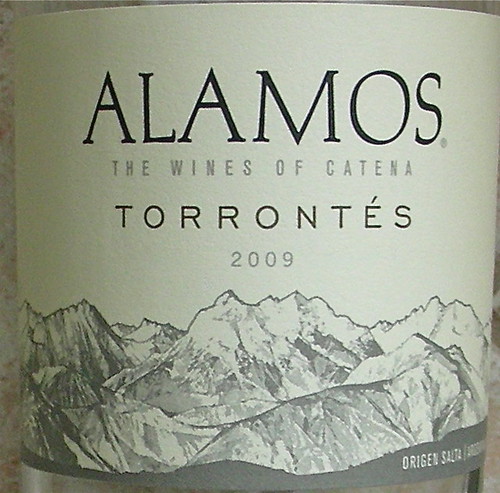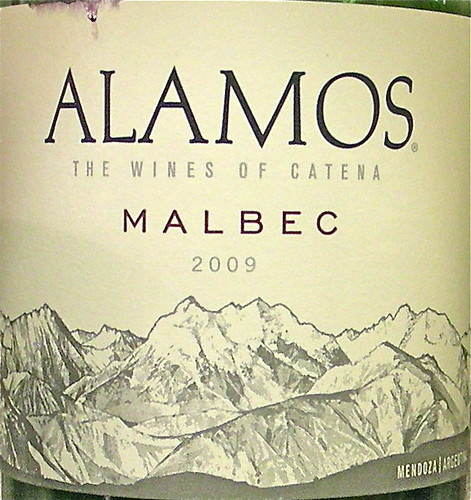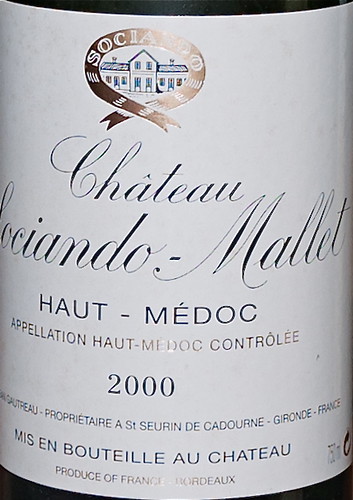Laura Catena's life is absolutely fascinating. She is simultaneously a practicing emergency room physician, a winery owner, an active ambassador of Argentine Wine, and a book writer. She is also the daughter of Nicolás Catena, the pioneer of Argentina's high-altitude viticulture and the first wine producer to plant a Malbec vineyard at almost 5,000 feet (1,524 m) elevation in the high plains of Mendoza.
The Mendoza province is Argentina's main wine region. It is a high desert that receives an average annual rainfall of less than 8 inches (20 cm). The climate is continental with very cold nights and intense sunlight during the day thanks to the elevation. The soils are very poor in organic material and filled with alluvial rocks and gravels, which means excellent drainage. Grapevines growing in this environment suffer and have low yields. To protect their seeds from the sun, they build thick grape skins that are rich in tannins and polyphenols, therefore producing wines that are concentrated and flavorful.
The Alamos brand was introduced in 1993 by the Catena family as a second label to the higher priced Catena wines. The name Alamos means poplar in Spanish and is derived from the poplar trees lining the vineyards to protect them from the strong dry winds coming from the Andes.
 We tasted our first wine sample, the 2009 Alamos Torrontés, with appetizers. A crossing of Criolla Chica (a local cousin of the Mission grape) and Muscat of Alexandria, Torrontés is Argentina's signature white variety. The grape, which thrives in cold and dry conditions, produces the best wines in the Salta Province in the north west of the country, a region of high altitude and low humidity, with dramatic diurnal temperature variation.
We tasted our first wine sample, the 2009 Alamos Torrontés, with appetizers. A crossing of Criolla Chica (a local cousin of the Mission grape) and Muscat of Alexandria, Torrontés is Argentina's signature white variety. The grape, which thrives in cold and dry conditions, produces the best wines in the Salta Province in the north west of the country, a region of high altitude and low humidity, with dramatic diurnal temperature variation.The Alamos Torrontés is sourced from vineyards located near the city of Cafayate, in the Salta province. It is cold fermented and aged in stainless steel tanks. The wine showed a light golden color and an aromatic nose of peach, apricot, and white flower blossom. On the palate, it was crisp and fresh with notes of honey and orange peel on the finish.
 With our dinner, we opened the other Alamos bottle, a 2009 Alamos Malbec. Malbec is the signature wine of the Mendoza region. Originally from France, it is one of the six grapes allowed in the blend of red Bordeaux wine. It is also the primary grape used in the Cahors appellation in the South-West of France. But then in the 1860s, a French agricultural engineer called Michel Pouget brought the grape to Argentina. Malbec being a thin-skinned grape that needs more sun and heat than either Cabernet Sauvignon or Merlot to mature, it quickly thrived in Argentina's high-altitude vineyards and is now widely planted in the country.
With our dinner, we opened the other Alamos bottle, a 2009 Alamos Malbec. Malbec is the signature wine of the Mendoza region. Originally from France, it is one of the six grapes allowed in the blend of red Bordeaux wine. It is also the primary grape used in the Cahors appellation in the South-West of France. But then in the 1860s, a French agricultural engineer called Michel Pouget brought the grape to Argentina. Malbec being a thin-skinned grape that needs more sun and heat than either Cabernet Sauvignon or Merlot to mature, it quickly thrived in Argentina's high-altitude vineyards and is now widely planted in the country. The Alamos Malbec is sourced from high-altitude vineyards in the Mendoza wine region. It is aged 9 months in oak barrels, 50% French, 50% American, 25% new. The wine had a dark purple color and aromas of black cherries and blackberries on the nose. On the palate, it was full-bodied with a good balance of acidity and tannins and notes of pepper and pomegranate on the finish.
For dinner, I made a Carbonada, using a recipe that I found in Laura Catena's book. The stew was heartwarming with some sweet and fruity flavors that went perfectly well with the Malbec.
There are several other recipes in the book that look as delicious. And many other things too that make you wish you could visit the country.

Carbonada
Technorati tags: wine food & drink
